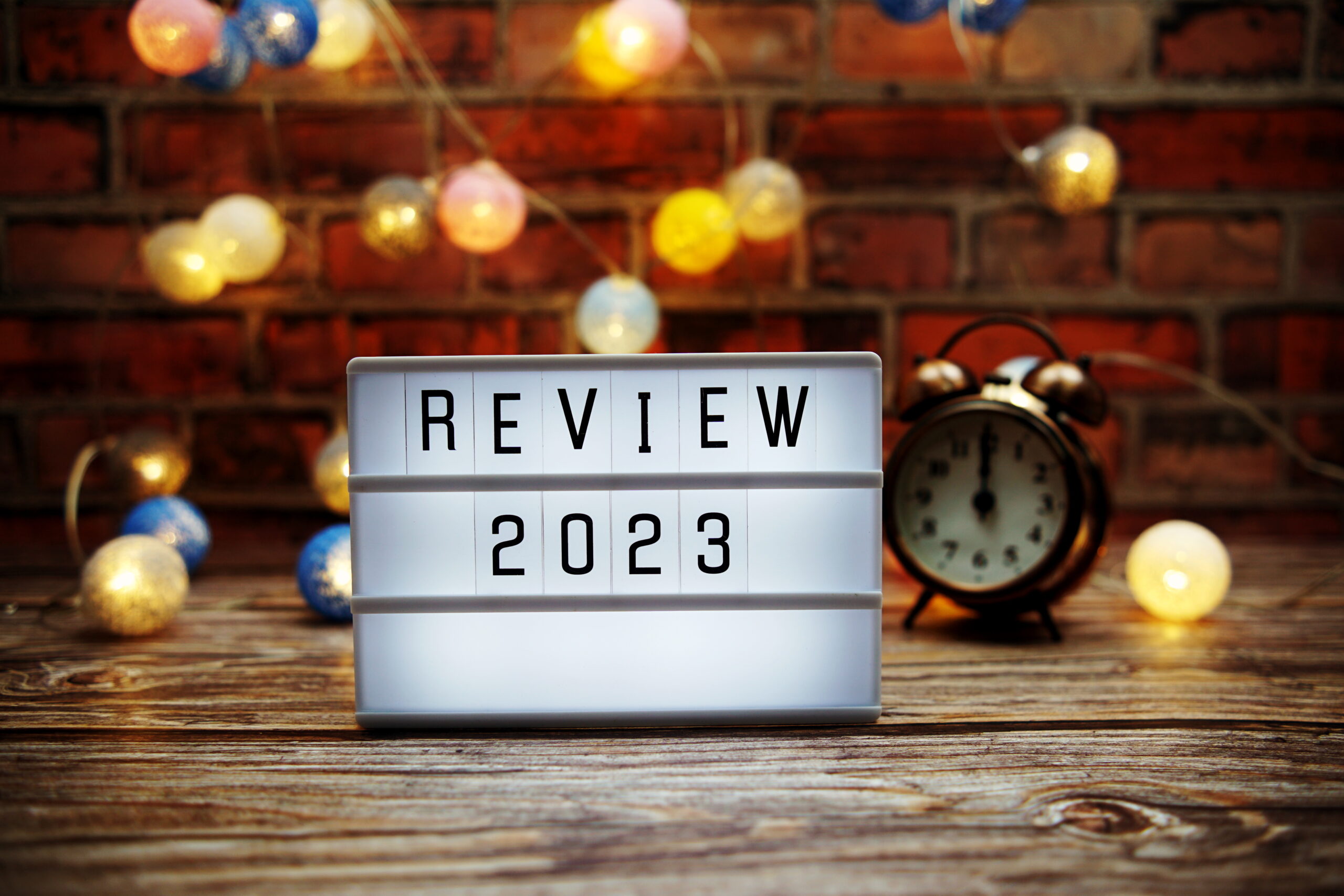Much like the objects found in your home, your brand might be in need of a little attention, from removing pesky eyesores to scheduling a professional deep cleaning. Think your mother-in-law is painstakingly judgmental when she drops by unexpectedly? Consider this—it takes only 0.05 seconds for visitors to form an opinion about your website. If you haven’t paid much attention to your website since the Clinton administration, it’s definitely time to revisit it—and maybe your entire digital footprint. As Meld’s Founder and CEO Melinda Pradarelli has said, a brand can be like Grandma’s attic —sometimes it can get cluttered.
Is it time for a brand refresh? Here are 7 things you can do right now to shine. Roll up your sleeves and let’s dive in.
1. Dust off your brand guide.
Remember that? You know, it’s that tool you were given that clearly defines your mission and values, shows you which fonts to use, dictates specific color palettes, and outlines how imagery should be used to tell your brand story. Your brand guide illustrates how your logo should appear and not appear in various applications.
One thing that’s often overlooked in a brand guide (because it strays from visual rules) is voice. What your brand sounds like through word choice and tone defines its personality and ultimately sparks a meaningful connection.
If you haven’t looked at it in a while, peruse through your brand guide with an honest lens. Ask yourself some simple questions such as: Is a brand guide review part of your employee onboarding process? Is there consistency of your brand from print to pixel? Is your mission statement still an accurate depiction of your company’s purpose? Does it still excite, motivate, and differentiate you? Does it still ring true after years of growth? If your answer is no to any of these, it’s time to revisit your brand’s impact in a very noisy marketplace.
2. Refresh and organize your look.
Consistent presentation of a brand has been seen to increase revenue by 33%. Turns out people really do judge a book by its cover, especially when they’re ready to reach in their wallet. When a brand’s look and feel is disjointed and inconsistent, it is confusing to consumers and can translate into a loss of hard-earned dollars.
Refreshing your visual presence is sometimes a good idea, especially when trying to attract younger audiences such as Gen Z or Gen Alpha (the cohort succeeding Gen Z). Design and consistency is key in a world where attention span is a rare quality. Brands can fade into the background and no longer appear relevant to their audiences. That’s why brand refreshes for large national or international brands are carefully reimagined so as not to alienate loyal fans, followers, and advocates.
Another important factor is making sure your website looks good on all devices—desktop, tablet, and mobile—so that no matter where a consumer is visiting your web presence, they have a positive user experience. According to Blue Corona, 70% of web traffic comes from mobile phones, which means all of your efforts may only be capturing 30% of your audience if you’re not paying attention to how your site looks and functions on a smartphone. In other words, there’s no excuse not to have a responsive website in 2022.
Additionally, 57% of internet users say they won’t recommend a business with a poorly designed website on mobile. That means you might be losing out on half of the referrals that you could be receiving. In the race to conversion, that’s a big deal.
3. Clean up your brand’s tone of voice.
In the world of marketing, cleaning up your tone of voice is more about targeting personas and less about inappropriateness. Content marketing is highly effective in terms of building lasting relationships with consumers. You’re providing value through words, and consumers continue to trust you because you make their life easier, better, or more enjoyable. It’s a never-ending cycle of give and take through messaging, word choice, and tone.
Not sure what the language of your company should sound like? A whiteboarding exercise may help. Start with three descriptive phrases that draw a consensus and then ask, “Why do these things ring true?”
Let’s look at a real-world example. Fracture’s tagline is: “Focus on moments that matter.” This mantra is expanded upon in their aired commercials through 2019. They’re not telling you about their process of printing photos on glass right away. Instead, they are tapping into the fragility of time. It’s personal. The company even coined the phrase “This is a fracture,” an expression so unique and fresh that it sprung up a new category in photo preservation. All of this language was intentional. The brand’s confident yet empathetic language bolstered curiosity and patronage among shutterbugs and mass audiences alike.
Similarly, your brand’s language and overarching messaging should be extremely intentional. Monitor your tone and word choice as carefully as you monitor your design assets to make sure they’re both in alignment.
4. Declutter your website.
Did you know that a Stanford study found that 75% of consumers admit to making judgments on a company’s credibility based on the company’s website design? Clutter on a website is defined by too much text, too many graphics or photos, and different styles of type that fight for your attention when juxtaposed.
Clutter doesn’t just point to visual excess, but also to outdated items—old testimonials, case studies, work or bios of employees who are no longer with the company.
Updating your website is a continual process. Your decluttering method should also include checking for 404 errors as well as removing any old, unused plugins which could contribute to a slow load speed. Broken hyperlinks can create negative impressions of your brand. They are one of the top reasons why visitors disengage. You can download Broken Link Checker by WPMU DEV to find any broken links on your site. Correcting these links will help to improve SEO and the overall user experience.
Last, check your FAQ page. During the pandemic, many companies updated their FAQ page to accommodate mandatory processes and policies in accordance with CDC recommendations. If these policies have changed, be sure to revamp verbiage around safety protocols.
5. Purge or recycle your blog posts.
If you’re archiving your blog posts, that’s great. This makes it easier for visitors to find current information they may be seeking, but you may want to take a spin through those archived posts or older posts to make sure they’re worthy of being searchable. Ask yourself if the older posts are still relevant or meaningful. In our industry vertical, things change super fast (metrics, algorithms, social platform tips and tricks, etc.) and information can become obsolete quickly.
Conversely, sometimes there are posts that just beg to be updated or repackaged due to changes in consumer behavior, tech advances, and other variables. For example, maybe you’ve written a post on a trailblazer in your industry and a “where are they now?” update is in order. Maybe you wrote a how-to article, and the process has changed due to platform updates. Long story short, resurrecting an earlier blog makes sense sometimes, especially if you’re looking back or referencing a big change on a blog post that performed very well in the past.
Last, if you’ve used your blog posts to announce discounts, sales, or special promotional offers that are no longer active, remove them! Very few visitors will follow through with a purchase intent after learning that they could have gotten an item for less.
6. Neutralize negative reviews.
Nearly everyone has felt the sting of a bad review. While it’s pretty hard to clean a negative review, you can neutralize it by being proactive in your response strategy. Make sure you have a community management plan in place. Checking your reputation on third-party sites is an important part of brand management.
If there are some smudges along the way, it’s best to respond using the authentic and distinctive tone of your brand voice (see #3). Remember, studies have shown that those negative reviews can actually facilitate a positive impact on your business if you have the right recovery strategy in place! Neutralizing those not-so-great reviews shows that you care and that you’re listening. Responding quickly, empathizing, and taking responsibility is what turns customers around. Taking the discussion offline and making it right shows that you take pride in your company and value customers. It’s also a chance for others to see how you handle customer service. The world is watching, so it’s best to resolve the issue, save a customer’s trust, and demonstrate your desire to correct the matter at hand.
7. Scrub your email list.
According to HubSpot, there are five big reasons why you should clean your email list. One major reason is to limit unsubscribes. It’s simple math—the more subscribers on your list, the higher the chance that some have just lost interest in receiving your email. It’s a good practice to remove those who no longer seem interested (for example, they haven’t opened your email in a year).
Other benefits to merging and purging your list include decreasing spam complaints, improving deliverability, and increasing a low open rate. And don’t forget about keeping costs down. A lot of email service providers (ESPs) base their pricing on the number of emails you deploy.
The bottom line? A clean list will bolster reach and engagement by targeting those who truly want to stay in touch.
“Spring cleaning” can be exhausting, but we can help.
In the world of digital, branding, and marketing, there are no magic erasers. While investing time into a brand refresh can seem tedious, it can have a positive impact on your business, both directly and indirectly.
Feeling overwhelmed by this list? We get it. It’s best to set reasonable goals and chip away at your to-do list as best you can.
Still need some extra firepower? Confined by resources and time? Let us help! Not only can Meld assist with a brand audit or refresh, but we can also tidy up your content like Marie Kondo across all marketing touchpoints. Get in touch with the Meld team today.



